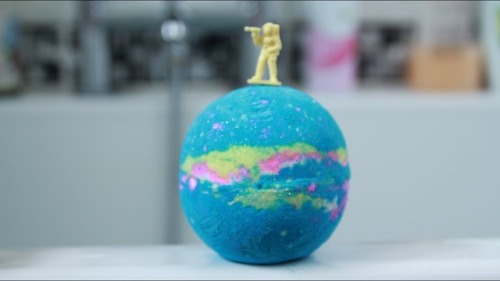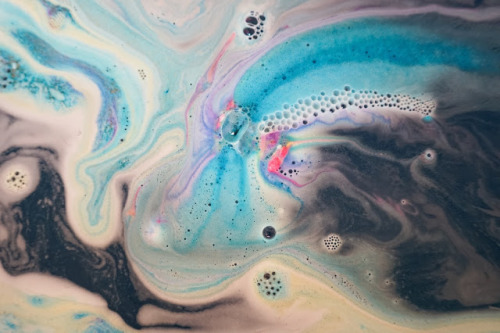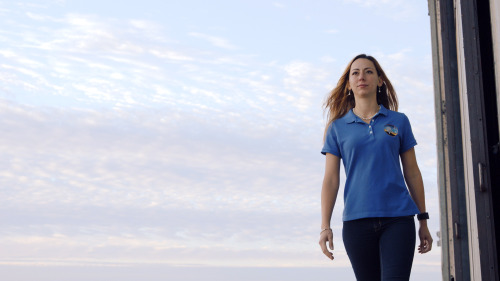#rocket science

The road to the Vehicle Assembly Building at Kennedy Space Center. Completed in 1966, the VAB was originally intended for the vertical stacking of the Saturn V rocket during the Apollo Program era. During the Space Shuttle era, shuttle orbiters were mounted to fuel tanks & rocket boosters. The VAB is the tallest building (outside an urban area) in the US. It was the tallest building in Florida until 1974 & is the largest single story building in the world at 526 feet. At 129,428,000 cubic feet, it’s larger than your average 1-bedroom apartment.
It’s officially spring here in the northeast, but the weather seems to be dragging its feet and while it doesn’t need to be cold outside to crave some quality bath time, it does help. And by that rationale, I’m in need of all of these celestial bath bombs from Lush:
Metamorphosis (because it looks a little like the Death Star to me lol)
BONUS: Get the first four bath bombs together as a set with the Astronomical Gift Set!
Check out all our other Lush posts here.
-Summer
Post link
Grab your pints - it’s #InternationalBeerDay! But do you know the science behind brewing your favourite beer? It starts with four essential ingredients: water, cereal grains, hops (a flower for flavour) and yeast.

Cereal grains, which include barley and wheat, are soaked in water in a process known as ‘malting’ which starts breaking down the starches. The grains are then dried and placed in hot water.
Placing the grains in hot water converts the starches from the cereal grains into sugars which are released into the beer mix. The mix is then boiled and any additional flavours are added.
But what makes beer alcoholic? That’s where yeast comes into play in a process known as ‘fermentation’. Yeast eats, or ‘metabolises’ glucose, a type of sugar released from the cereal grains, and converts these sugars into carbon dioxide and alcohol.
Did you know: the area you live in can affect the flavour of your beer. If you live in an area with hard water, there are increased levels of calcium and magnesium in the water, which changes how the yeast eats the sugars in the beer, altering the overall flavour.
The exact flavour of the beer depends on so many different things: how long you roast your grains for, temperature, length of fermentation and many more. This explains why we prefer some beers over others.
What about how we get the head of the beer? The hops in the beer mix create a layer of surface tension on top which traps bubbles, giving us the beloved head of the beer.
….and, just in case we decide planet Earth’s not the one for us, we’ve successfully grown Barley in space. PHEW. Happy #InternationalBeerDay

“My friends were like, ‘Denisse, you don’t even know how a car works. How are you going to be an engineer?’ Yeah, I didn’t know how a car works. I learned."
Meet Denisse Aranda, a Venezuelan immigrant, lover of fast cars, and top engineer at NASA.
Watch our full video on Denisse, presented by @tresemme.
Post link









